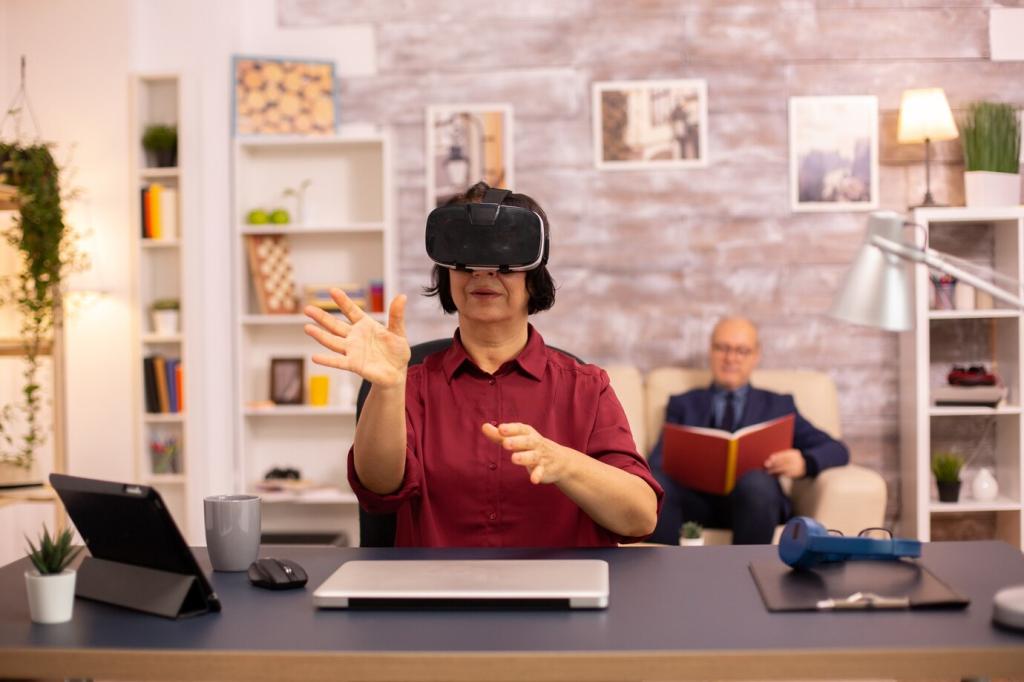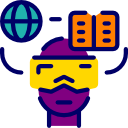
Immersive VR Experiences in Language Education
Welcome to the forefront of language learning innovation. Immersive virtual reality (VR) experiences are revolutionizing how people master new languages, offering dynamic, authentic, and interactive environments where learners flourish. By stepping into digital worlds crafted for linguistic challenges, students not only hear and speak their target language, but also live it, surrounded by culturally rich and engaging settings. This holistic approach transforms language acquisition from a passive classroom exercise into a vivid, memorable journey that accelerates understanding and retention. Explore how VR is shaping the future of global communication, encouraging real-world practice, and empowering learners to transcend traditional educational boundaries.
Real-World Conversational Practice
Cultural Immersion and Contextual Learning
Enhancing Motivation and Retention
Personalized and Adaptive Learning Experiences

